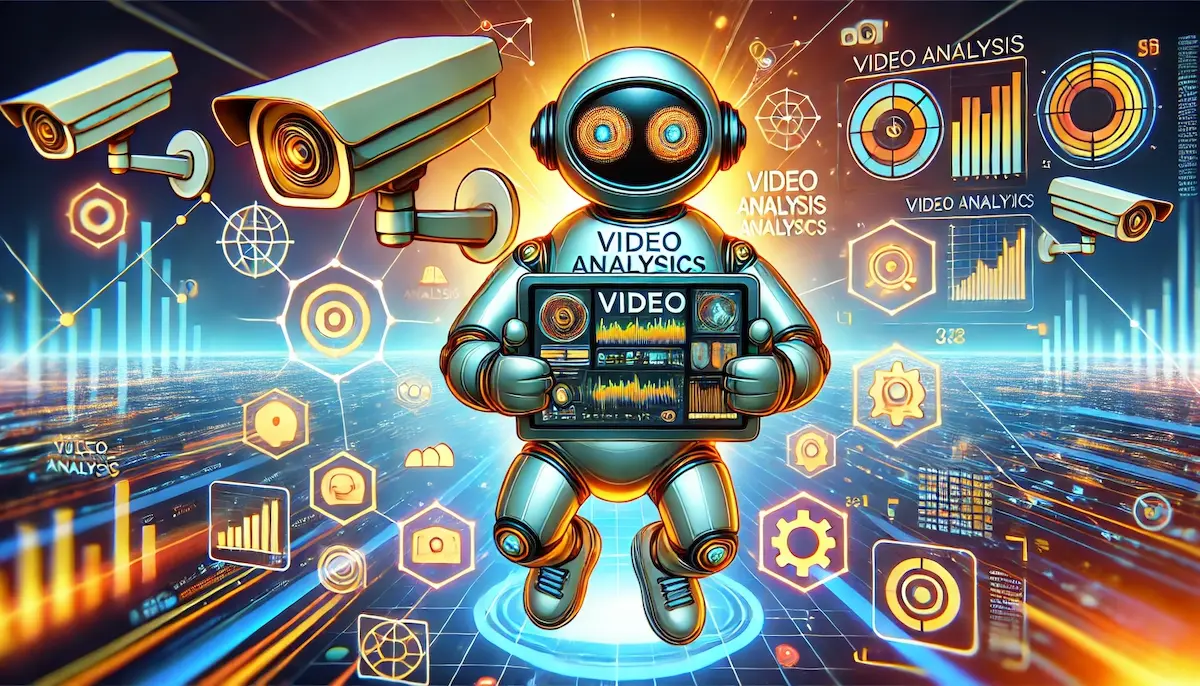In an era where video content is ubiquitous, the ability to analyze and extract meaningful insights from video data is becoming increasingly valuable. Video analytics, also known as video content analysis (VCA), leverages advanced technologies to interpret video footage in real-time or post-processing. This powerful tool has applications in security, retail, transportation, and numerous other industries, transforming how organizations utilize video data.
What is Video Analytics?
Video analytics refers to the automated process of analyzing video content to detect, recognize, and extract actionable information. Using algorithms, machine learning, and computer vision techniques, video analytics systems can identify objects, track movements, recognize activities, and detect anomalies within video footage. This technology enables organizations to enhance security, improve operational efficiency, and gain valuable insights from video data.
Key Components of Video Analytics
Video analytics systems involve several key components and processes:
- Video Capture: The process begins with capturing video footage using cameras or video recording devices.
- Preprocessing: The video is processed to enhance quality, reduce noise, and prepare it for analysis.
- Feature Extraction: The system identifies and extracts key features from the video, such as objects, shapes, colors, and motion patterns.
- Object Detection and Tracking: Detects and tracks objects within the video, such as people, vehicles, or specific items of interest.
- Behavior Analysis: Analyzes the behavior and interactions of detected objects to identify patterns, activities, and anomalies.
- Event Detection: Recognizes specific events or incidents, such as unauthorized access, theft, or safety violations.
- Reporting and Alerts: Generates reports and real-time alerts based on the analysis, providing actionable insights and enabling prompt responses.
Benefits of Video Analytics
Implementing video analytics offers numerous advantages:
- Enhanced Security: Automatically monitors and analyzes video feeds to detect suspicious activities, intrusions, and potential threats in real-time.
- Operational Efficiency: Optimizes operations by analyzing video data to streamline processes, reduce downtime, and improve resource management.
- Real-Time Monitoring: Provides immediate insights and alerts, enabling quick responses to incidents and reducing the need for constant human supervision.
- Data-Driven Insights: Extracts valuable information from video footage, aiding in decision-making and strategic planning.
- Cost Savings: Reduces the need for manual video monitoring and analysis, lowering operational costs and improving efficiency.
Use Cases for Video Analytics
Video analytics can be applied across various industries and scenarios:
- Security and Surveillance: Enhancing security measures by detecting unauthorized access, identifying suspicious behavior, and monitoring restricted areas.
- Retail: Analyzing customer behavior, foot traffic, and shelf interactions to improve store layout, marketing strategies, and customer service.
- Transportation: Monitoring traffic patterns, detecting accidents, and managing congestion to improve road safety and traffic flow.
- Healthcare: Ensuring patient safety by monitoring hospital rooms and common areas, detecting falls, and tracking unauthorized access.
- Manufacturing: Conducting quality control by inspecting products on the assembly line and detecting defects or anomalies.
- Smart Cities: Enhancing public safety and infrastructure management by monitoring public spaces, detecting hazards, and managing resources efficiently.
Implementing Video Analytics
To successfully implement video analytics, organizations should consider the following steps:
- Define Objectives: Clearly outline the goals and use cases for the video analytics system, such as enhancing security or improving customer experience.
- Select the Right Technology: Choose a video analytics platform that meets your needs and integrates well with your existing systems.
- Ensure High-Quality Video Capture: Use quality cameras and ensure proper installation to capture clear and detailed video footage.
- Train the System: Use relevant data to train the video analytics model, improving its accuracy and reliability.
- Monitor and Refine: Continuously monitor the performance of the video analytics system, gather feedback, and make necessary adjustments to enhance its capabilities.
Conclusion
Video analytics technology is transforming the way organizations utilize video data, offering enhanced security, improved operational efficiency, and valuable insights. By leveraging advanced algorithms and machine learning, video analytics systems can automatically analyze video content, providing real-time monitoring and actionable information.
Blockfine thanks you for reading and hopes you found this article helpful.
